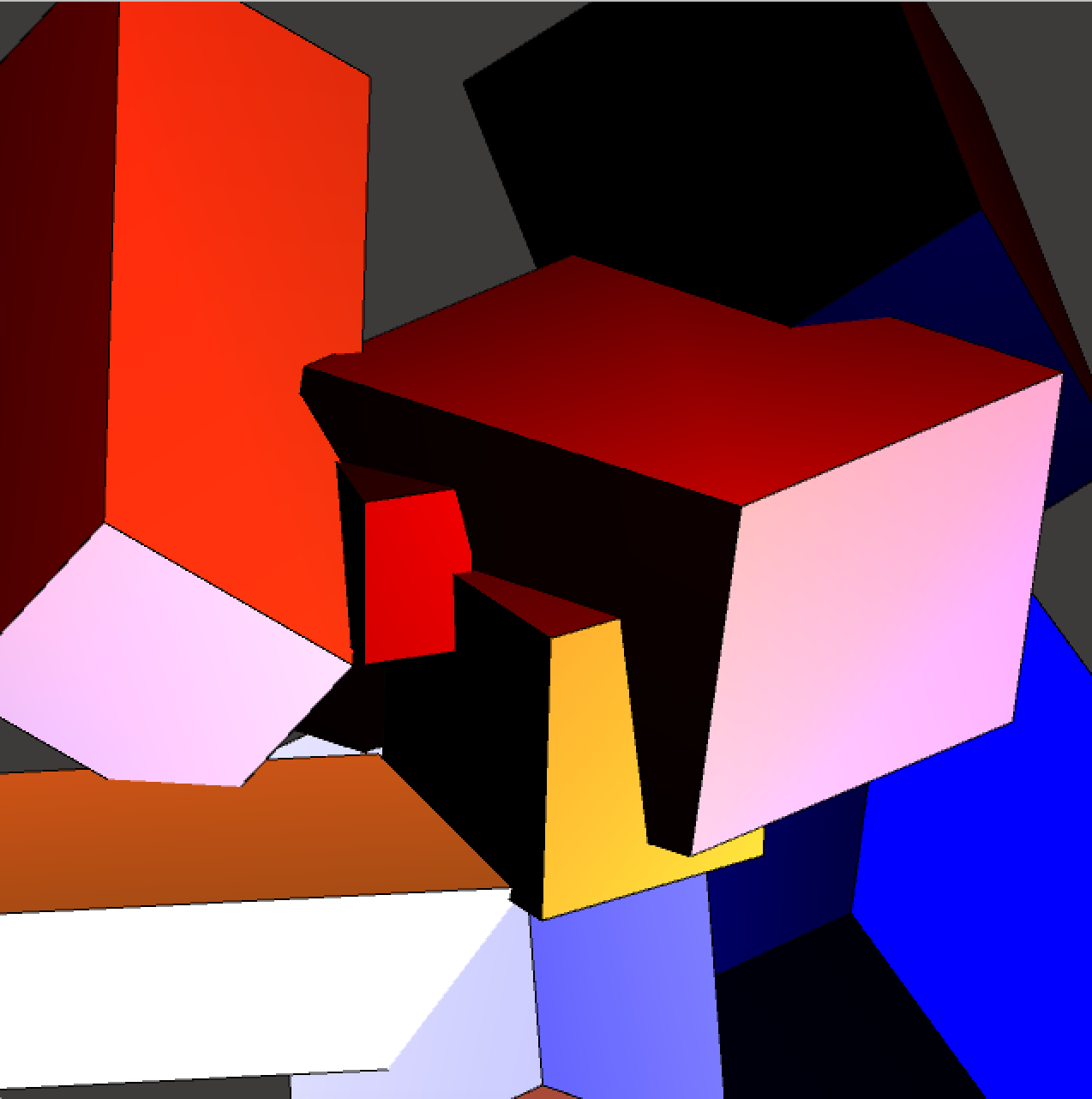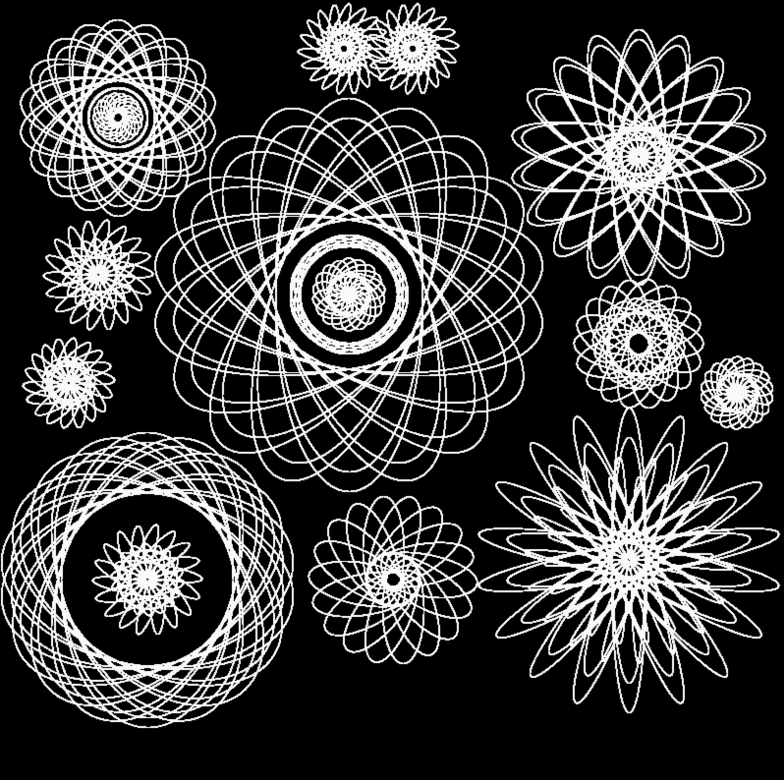
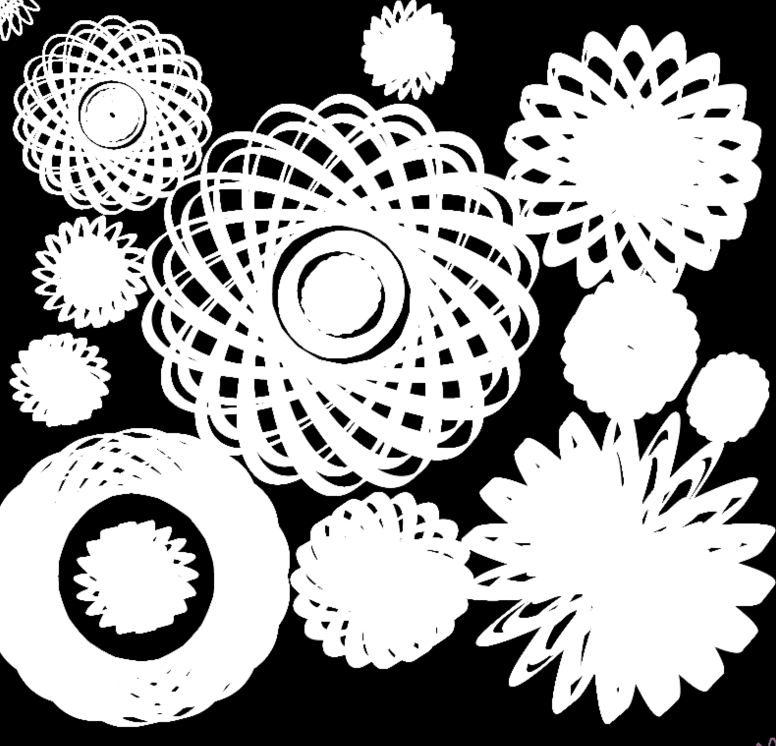
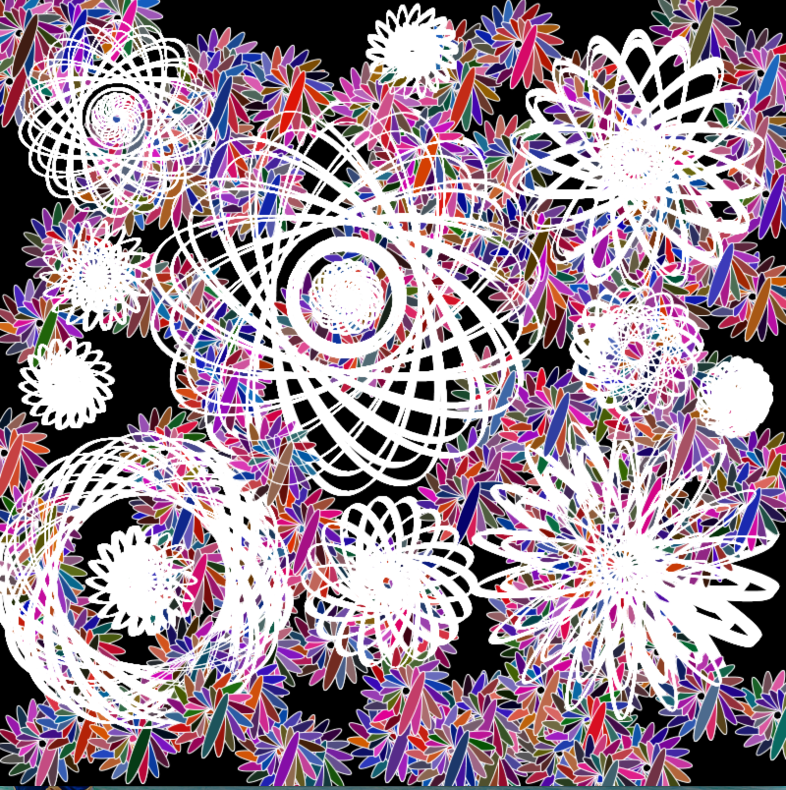
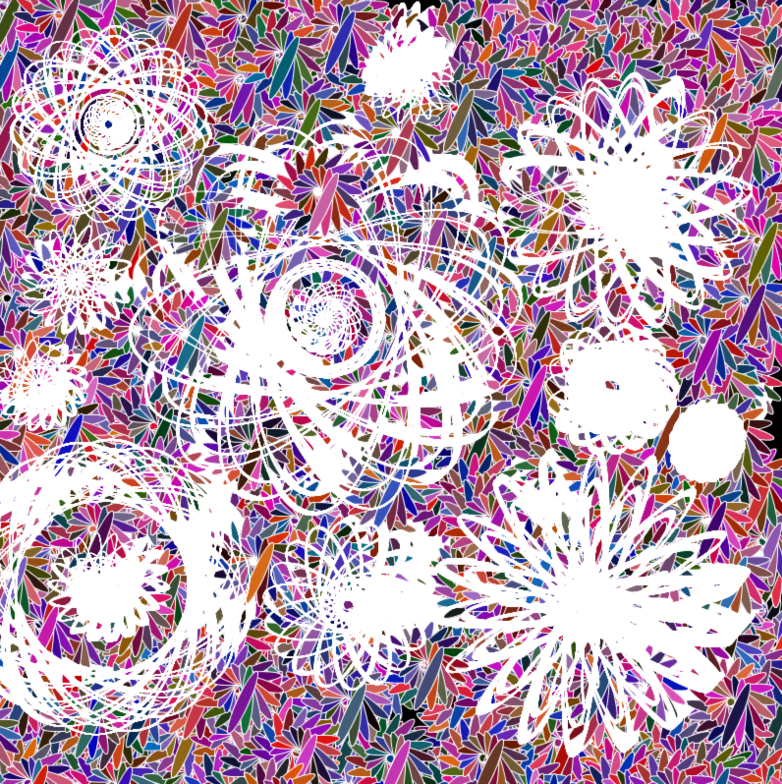
To create this system, I was inspired by the reading we had on Chance Imagery by George Brecht. Brecht talks about the word ‘chance’. He claims that ‘the word chance can conveniently be taken to mean that the cause or system of causes, responsible for a given effect is unknown or unlooked-for or, at least we are unable to completely specify it’ (Brecht, p4). The way I understand this claim is that ‘chance’ can be a system of causes that is responsible for an underlying effect, which might be unknown or hard to observe and specify. To create this kind of underlying effect, the chance might also embrace an aspect of the unconscious interactions. In other words, automatism can be included as a consideration of chance in art. What I want to achieve in this system is to create a system that responds to some aspects of Brecht’s chance theory with delicate patterns.
I started by experimenting with my last pattern check-in, which was some flashy floral lace pattern. The way I created that floral lace pattern was based on a step by a step build-up process. There were twelve flowers and I divided them into three groups as I designed them. Each group has four flowers and those four flowers are designed based on the same pattern code. At first, I tried to add a relationship between each flower pattern. However, since each flower had three parts, I failed to figure out how to move it as a whole. This is a part that I am interested in keep working on later. Then, I added randomness to both the width and height and the color of my flower patterns. The result I got was unexpected but also chaotic, which was not what I was looking for. After that, I tried to rotate each flower in slow motion and found out if I could add another color pattern underneath them would be more interesting. So, I took one of the small flower patterns. I randomized its translate position and color. It came out as I expected: having a subtle interacted relationship with the white flower patterns. As the white flower patterns rotate, they will whiten out and start losing their shapes. The random popping up small colorful flower patterns can recover their shapes. Because of the small flowers’ random colors, positions and the random speed of large white flowers’ rotation, I could not control which part of the pattern will be recovered. Thus, the autonomy of their translate position, colors and rotation speed will give us what the machine wants to show us. In short, the two points of the autonomy of my pattern are the random positions and colors of those small colorful flowers and the random rotation speed of those large white flowers. What I would like to try for the next time is to have a random rotation angle in smooth and slow motion.
One of the relationships I create in this system is the relationship between the shape of each pattern. As I said, some of them were developed based on the same basic pattern code. Small changes in value can lead to huge differences. Another relationship I create in this system would be the difference between each rotating flower. I was curious to see what kind of image or new relationship between each object that a random rotation speed could bring us. Finally, the major relationship I create here is a system of causes that has an underlying effect with some random interactions. The existence of those random small flowers reshows the existence of the basic white floral patterns. Without the existence of the basic white floral patterns, those color patterns would be monotonous. So, they are having a causality relationship here. The image we receive through their causality relationship is the underlying effect of these causes.

